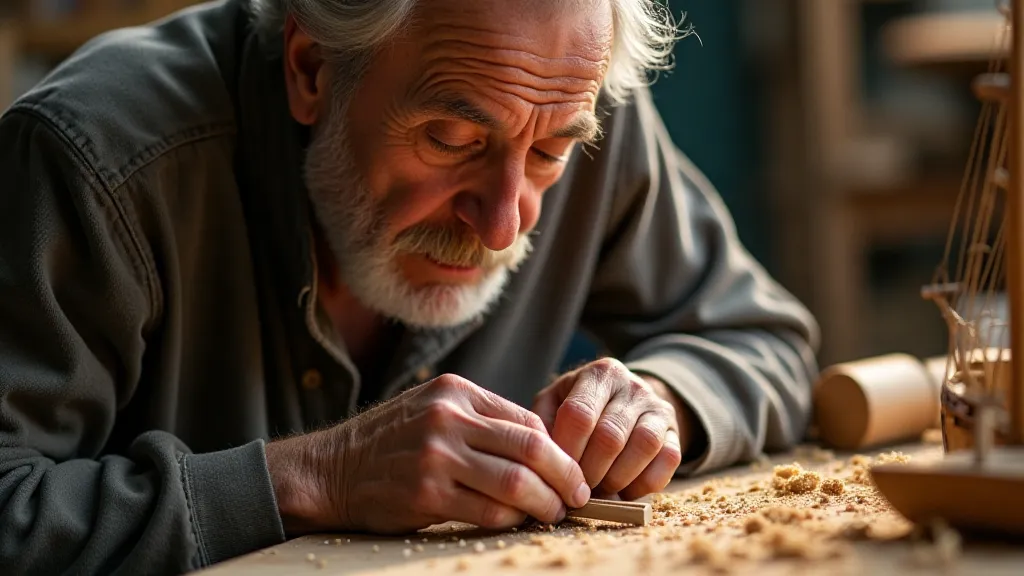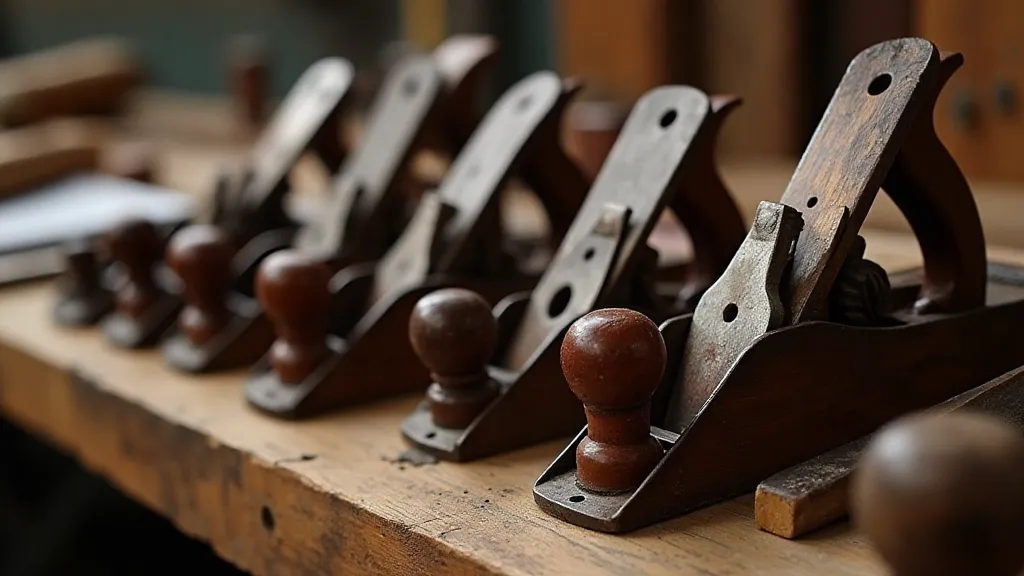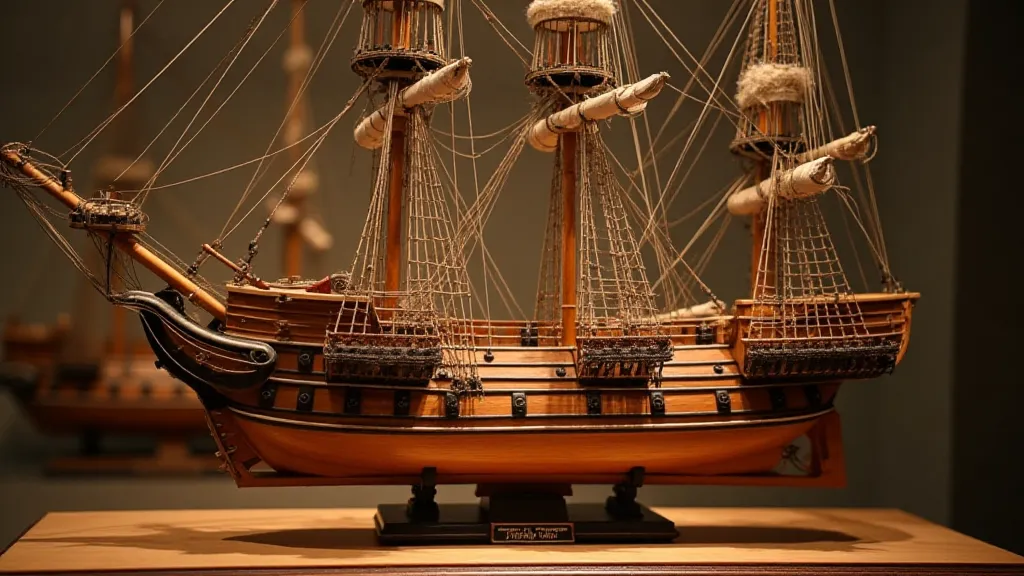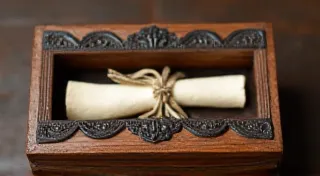The Silent Navigator: Finding Stillness in the Build
The world demands so much. Our professions, our families, even our digital devices conspire to pull us in a thousand directions, a constant hum of activity that leaves little room for quiet reflection. If you find yourself drawn to the meticulous craft of building wooden model ships, know this: you’re not simply pursuing a hobby; you’re actively seeking an antidote to the chaos. You’re seeking stillness. I discovered this truth not through deliberate intention, but through the slow, steady hand of a craftsman – my grandfather.
He wasn't a shipbuilder by trade; he was an accountant. A meticulous one, naturally. But after a long day of crunching numbers and wrestling with spreadsheets, he would retreat to his workshop, the scent of cedar and pine a palpable release. There, amidst shavings and hand tools, a half-finished HMS Victory would patiently await his touch. I was a young boy then, impatient and easily distracted. I’d watch him, frustrated by the seemingly endless sanding, the precise carving, the painstaking detail. “Why so slow, Grandpa?” I’d ask. He’s smile, a quiet, knowing smile, and simply reply, “Sometimes, the best way to move forward is to slow down.”

A History Carved in Wood
The art of model ship building isn't new. Its roots are deeply embedded in naval history. Originally, these weren’t decorative items, but vital tools for naval architects, admirals, and captains. Miniature versions of vessels allowed for strategic planning, damage assessment, and the visualization of fleet maneuvers. Imagine a naval commander, far from the sea, relying on a meticulously crafted scale model to inform a crucial battle plan – a tangible link between theory and action. The scale models were essential, often created by dedicated shipwrights and artisans, painstakingly replicating the vessels they served. From the elegant lines of a clipper ship to the formidable presence of a battleship, each miniature embodied a significant moment in maritime history.
The precision required to create these models reflects a deep understanding of naval architecture and carpentry. Early model makers weren't just replicating appearances; they were capturing structural nuances, rigging complexities, and even the subtle curves of a hull. The legacy of these early model makers lives on, informing the techniques and aspirations of modern-day enthusiasts.
The Quiet Focus of Craftsmanship
For those of us navigating demanding professions – doctors, lawyers, engineers, entrepreneurs – the demands are relentless. The pressure to perform, the constant connectivity, the perpetual sense of urgency… it’s a recipe for burnout. Model ship building offers a sanctuary from this maelstrom. The process demands focus. It requires your undivided attention. There’s no room for multitasking; one miscalculated cut, one poorly applied plank, and the entire project can be compromised.
The act of sanding, the gentle rasp of a file, the careful application of glue – these are meditative actions. They require a level of concentration that pushes aside the anxieties and distractions of the day. The repetitive nature of the work can be surprisingly soothing, a rhythmic pulse that slows the heart rate and stills the mind. It's not about rushing to completion; it's about finding pleasure in the process, appreciating the tactile nature of the materials, and marveling at the transformation unfolding beneath your hands.
There’s a satisfying weight to the tools, the feel of the wood grain, the gradual emergence of form. It’s a sensory experience that grounds you in the present moment, a welcome respite from the abstract world of numbers and deadlines.
More Than Just Glue and Wood
The choice of wood itself holds a certain poetry. Cedar, pine, mahogany – each species boasts unique characteristics that influence the final product. The aroma of freshly cut cedar is invigorating, the richness of mahogany exudes a sense of history and elegance. Understanding the properties of different woods – their density, their grain, their workability – adds another layer of appreciation to the craft.

And the details! The rigging, the tiny cannons, the meticulously rendered figureheads… each element contributes to the overall narrative of the model. These are not merely decorative additions; they are windows into a specific era, a tangible connection to the past. Researching the historical context of the ship you’re building – the battles it fought, the voyages it undertook, the people who sailed aboard it – enriches the experience and imbues the model with a deeper significance.
A Collector's Eye and Preservation
Beyond the pure enjoyment of building, model ship building can also open doors to fascinating collecting and preservation opportunities. Vintage models, particularly those crafted by renowned shipyards or individual artisans, can be valuable and highly sought after. The techniques and materials used in antique models often differ significantly from modern approaches, creating a unique aesthetic and historical significance.
Restoration, too, is a rewarding endeavor. Bringing a neglected or damaged model back to its former glory requires a delicate touch and a deep understanding of shipbuilding techniques. It’s about respecting the original craftsmanship while addressing structural weaknesses and preserving the integrity of the model.
Finding Stillness in the Build
My grandfather never spoke much about the pressure he felt as an accountant, but I saw it in the lines around his eyes, the tension in his shoulders. His workshop wasn’t just a place to build model ships; it was his sanctuary, his refuge from the demands of the world. He found solace in the quiet focus of craftsmanship, a sense of accomplishment in transforming raw materials into works of beauty.

Now, when I find myself overwhelmed by the pressures of my own life, I retreat to my own workshop, surrounded by the scent of cedar and pine. I pick up a piece of wood, a chisel, a file, and I begin to carve. And in that moment, I find stillness. I remember my grandfather’s quiet smile and his simple wisdom: sometimes, the best way to move forward is to slow down.





